Greenpeace China has been campaigning on the world’s most important national energy transition for two decades. And they’re getting results. How do they do it? Greenpeace’s Chief China Representative Yuan Ying explains.
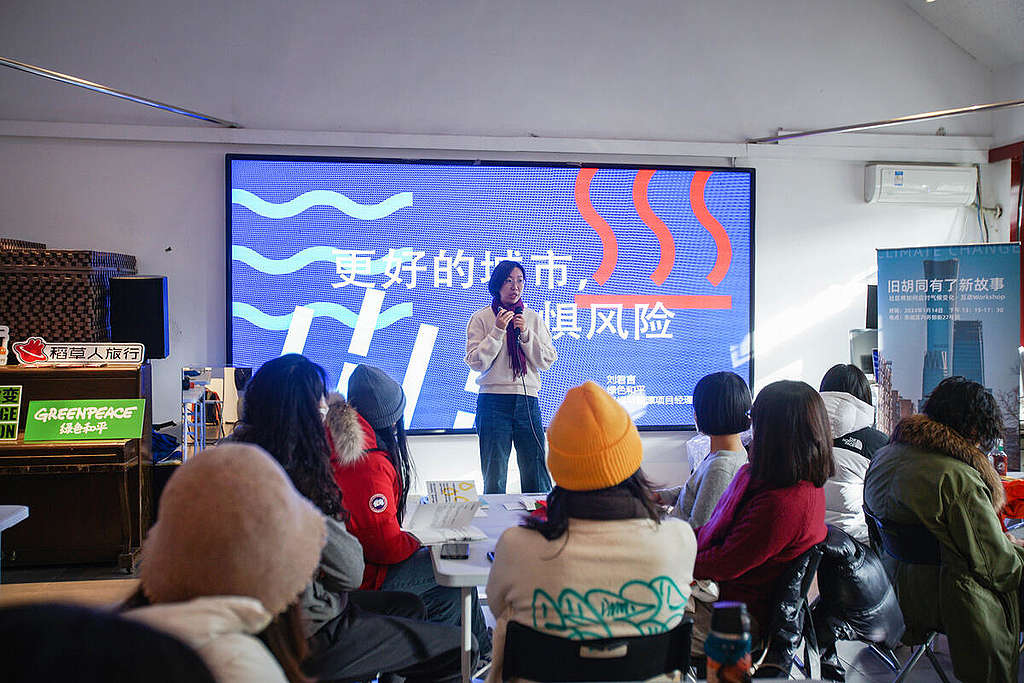
Growing from two people in 2002 to over 80 staff today, Greenpeace’s Beijing office has come a long way.
Today we’re focused on putting people front and centre of environmental issues. And always while maintaining an independent voice for science-based solutions.
Here’s a quick look at some of Greenpeace’s biggest wins here in China, and what comes next.
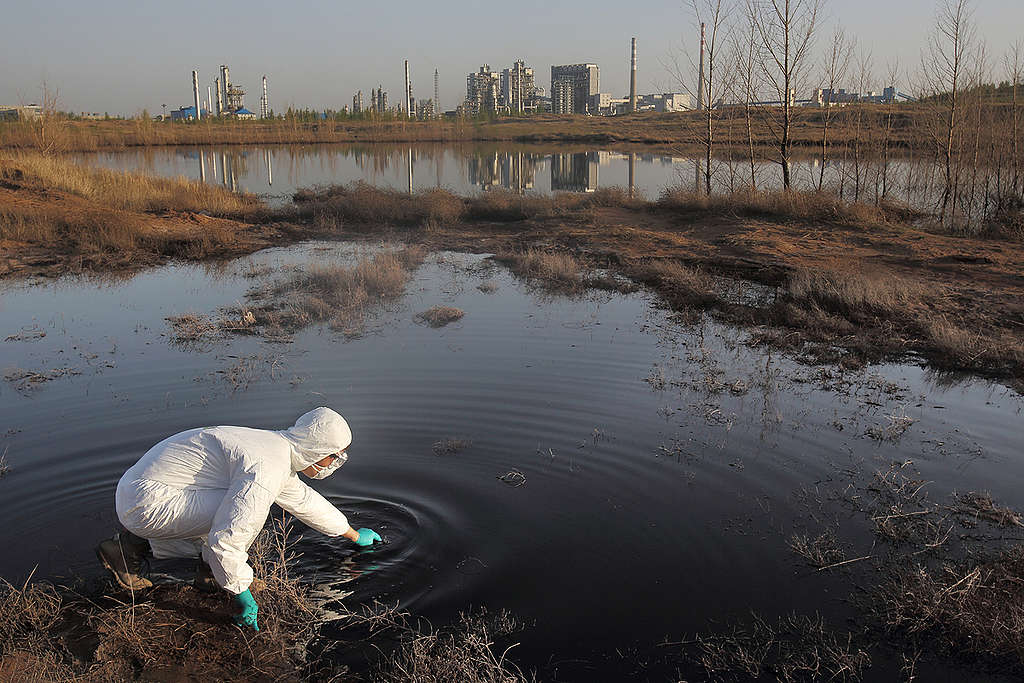
China pledged to cut coal, sparking a new phase of our decades-long coal campaigning
In recent years Chinese President Xi Jinping has committed to control the expansion of coal power plants. He has also pledged to stop building new coal power abroad.
Greenpeace China made a unique contribution to this positive change. We created a public record of the coal industry’s continued expansion. Using data-driven analysis, we were able to offer science-based solutions for policymakers.
Our coal campaign started in 2008, with a report pointing out that China was the biggest coal mining and consuming country in the world. Coal burning is the main source of air pollution, often measured through levels of PM2.5 (tiny particulate matter).
As public awareness of air pollution rose, we highlighted the health and climate risk of burning coal. We called for the government to control coal power.
From 2014 to 2018, Greenpeace released a national city-by-city ranking. It compared the concentration of PM2.5 in the air in hundreds of cities across China. In 2013, China issued its Clean Air Action Plan, naming coal as a source of air pollution problems.
For the next decade, we investigated the coal-to-chemical industry, China’s overseas coal funding and coal’s impact on clean water.
Following the government’s 2021 carbon neutrality pledges, we’re now targeting China’s tech giants and car manufacturers. We’re calling on these to reduce their carbon emissions and commit to using 100% renewable energy by 2030.
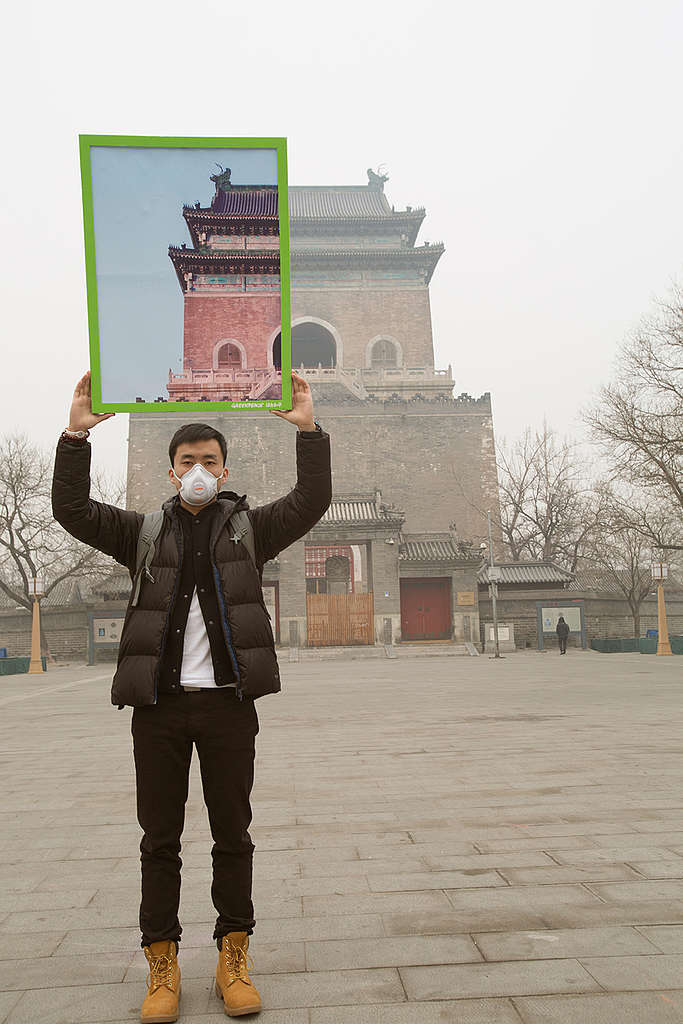
“Over the past years, it’s becoming clear to me that uncertainty is the only certainty there is. There’s no such thing as a fixed model of campaign success. And I am grateful to be here at Greenpeace, to work with strong and resilient people, to chart a path forward when there is no map”– Ruiqi Ye, Greenpeace China Climate and Energy Project Manager
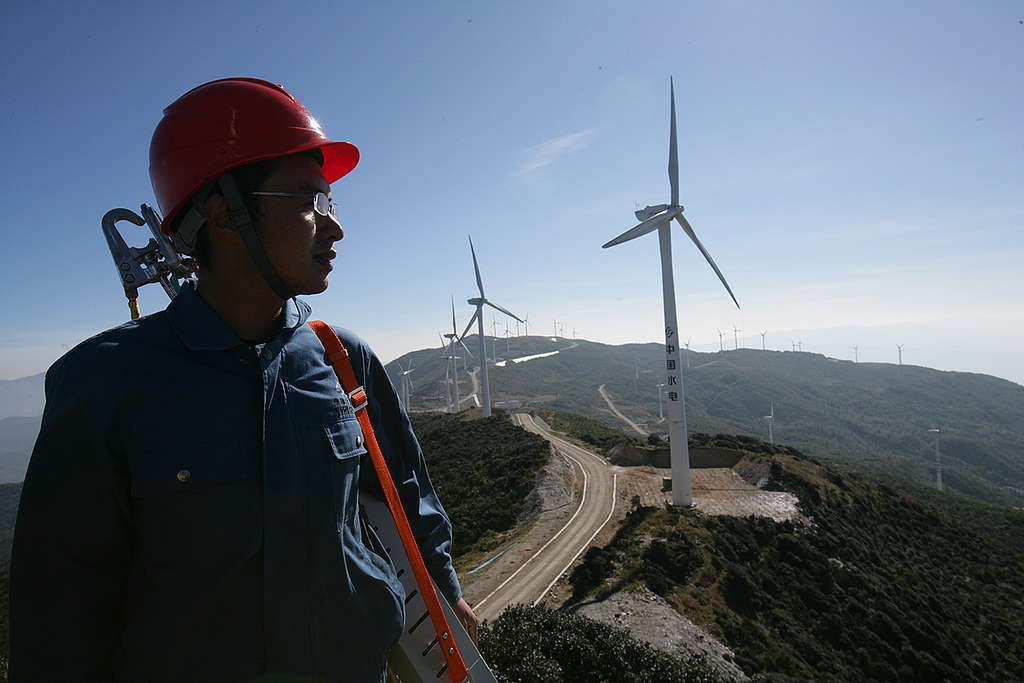
Greenpeace is leading the renewable energy revolution in China
Greenpeace has been promoting ambitious renewable energy targets in China. The results are world-leading.
Since 2004, there have been many firsts. We were the first to predict that solar and wind would become mainstream power sources. We were the first to install rooftop solar. And we were the first to directly pressure provincial governments to improve targets and double their ambition. We targeted provincial power brokers, who had been pushing expansion of coal instead of renewable energy.
We held corporations accountable to their energy transition goals since 2017 – including China’s corporate giants like Alibaba and Tencent.
They responded to Greenpeace pressure by switching to clean power. And they now actively promote themselves as renewable energy champions. This generated industry-wide peer pressure.
We opened the tech industry in particular to Greenpeace’s public scrutiny. Top players from other industries are now following suit, developing their own climate-friendly policies.
We’ve directly targeted tech companies with large emissions footprints from data centres since 2017, and started publishing an annual ranking report in 2020.
Most recently, ByteDance, which owns TikTok, committed to 100% renewable energy by 2030. It is the last major tech company to make public climate commitments. It had been our campaign target for the last few years.
“We have to continuously unleash the power of creativity in our life and work to achieve our goals. Certainly numerous extraordinary jobs have been done in the past decade. I wish all those innovative works brought people in this land some fresh air and some new ways of seeing environmental issues”–Wang Yang, Greenpeace China Action Coordinator
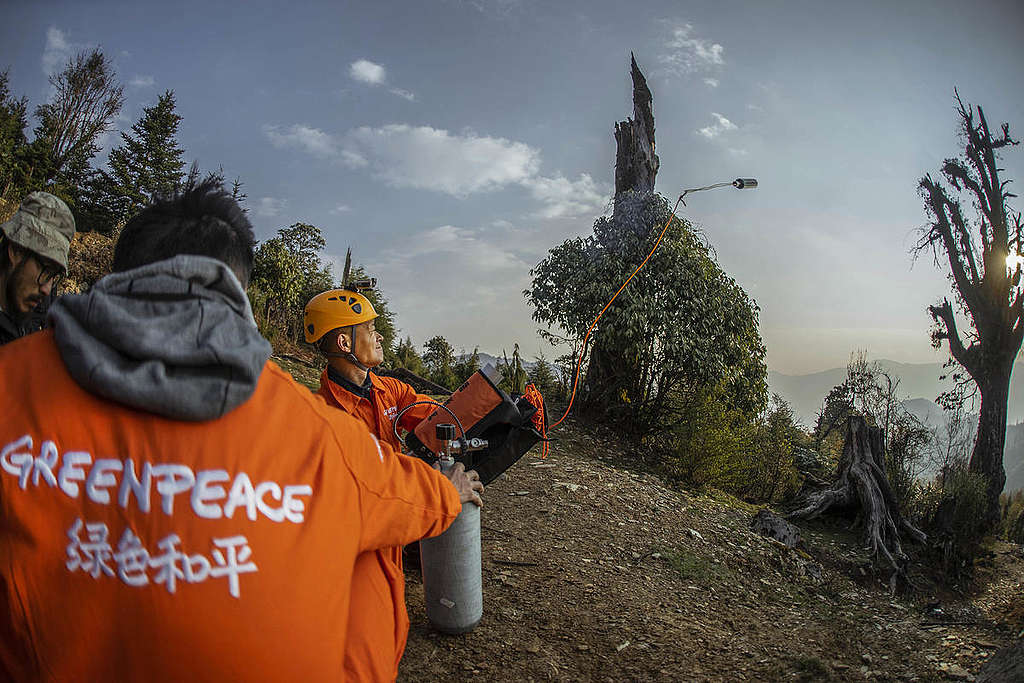
Investigations exposed deforestation in China
Our investigations exposed large-scale deforestation in critical forests in Yunnan and Hainan provinces by Asia Pulp and Paper (APP) .
Public attention and pressure in China mobilised retailers and publishing houses to reject APP’s products.
We also exposed the destruction of native forests in China for timber and wood products. Forest restoration is now a crucial part of our biodiversity campaign.
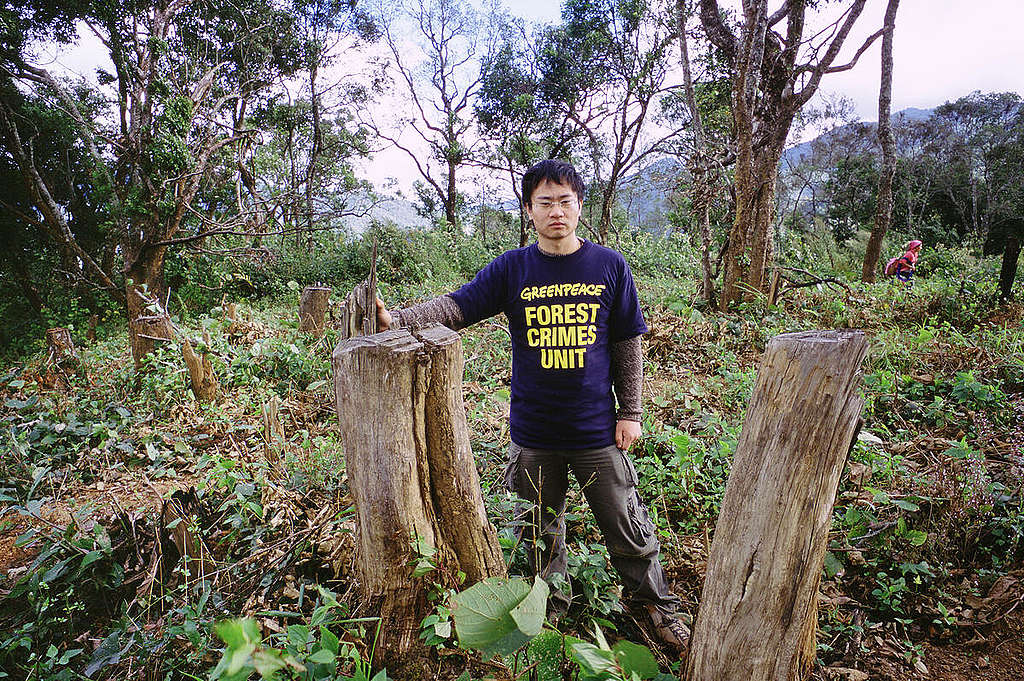
Gathering evidence in China for a global campaign against toxic fashion
From 2011 to 2016, we linked global fast fashion brands to toxic chemical pollution in China through their manufacturers. In a global Greenpeace project led by the Beijing office, water samples became evidence to tie big-name brands to the pollution.
Many multinational companies and local suppliers stopped using toxic and harmful chemicals. They included Adidas, Benetton, Burberry, Esprit, H&M, Puma, and Zara, among others.
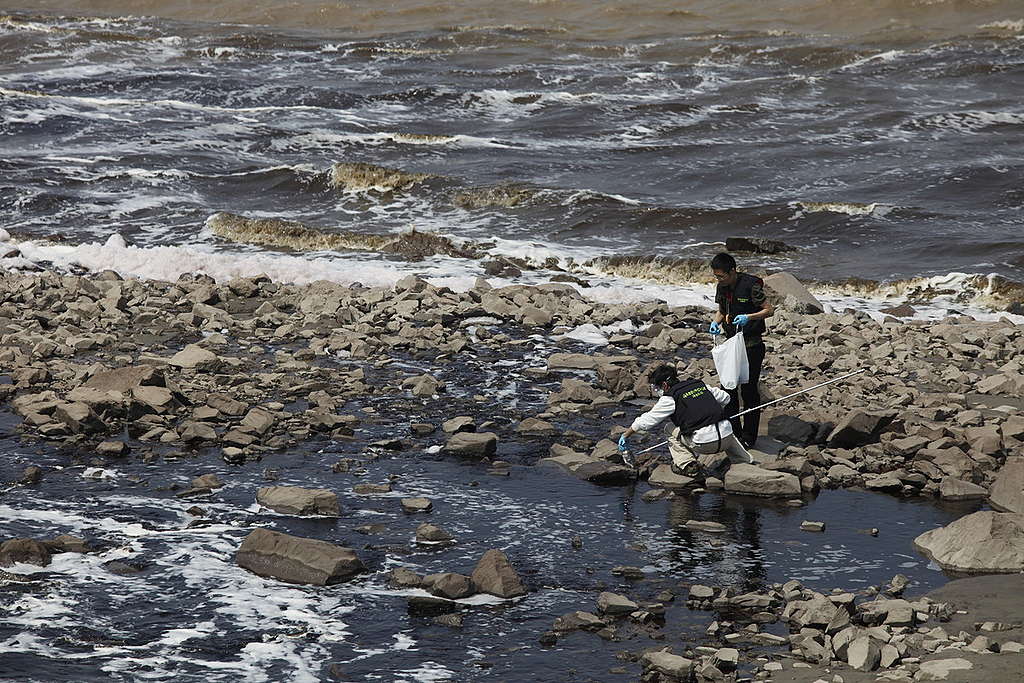
“After my graduation my mum asked me what kind of job I’d like to do. I said: I want a job that makes me wake up in the morning feeling excited about what I’m going to do today. Now I’m at Greenpeace and this is my dream job. I know the difficulties we’re facing to protect our environment and people, but I’m more than happy to confront and tackle them with my colleagues.”– Anqi Zhang, Greenpeace China Communications Officer
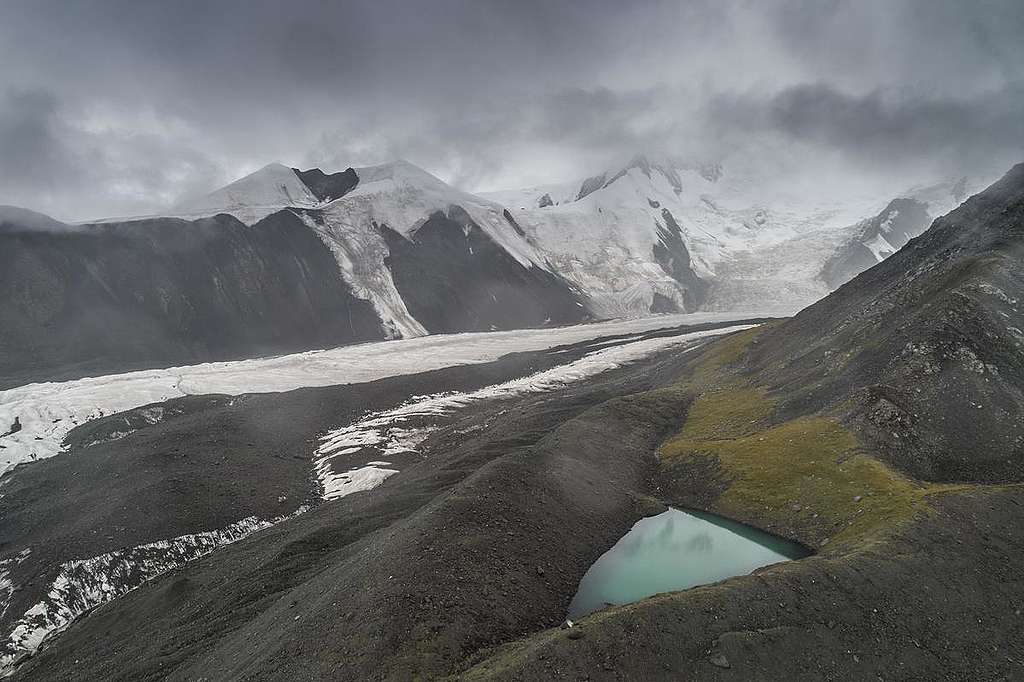
How Greenpeace works on climate disasters impacting people in China
The climate emergency is impacting all human beings. Our work on extreme weather communicates human stories and explains the risks of climate change in China.
For example, our response to the 2021 Henan Floods started media discussions, linking the disaster to climate change. We also empowered community leaders and influencers to take their own actions against climate change.
We remain the most impactful and active voice on climate in China. We pressure the government and corporations alike to take climate action.
We are building a bridge for people inside and outside China to understand both shared risks and opportunities to respond. We are China’s most progressive voice exposing greenwashing and false solutions. And we do this at events such as the Winter Olympics, climate and biodiversity COPs.
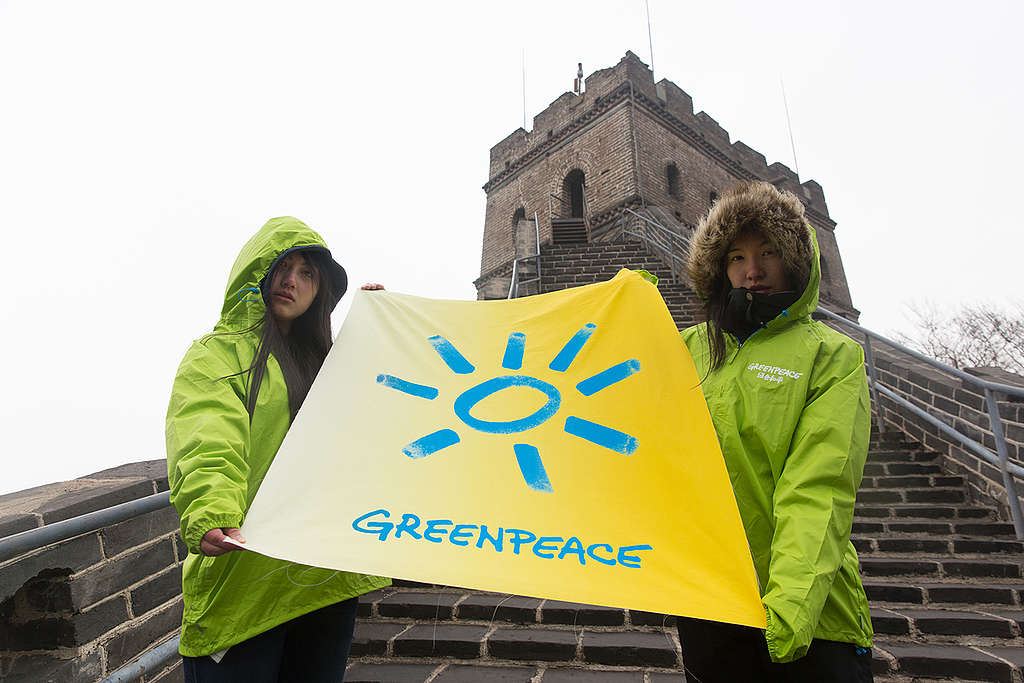
What’s next for Greenpeace in China?
China is the world’s biggest greenhouse gas emitter. But the new carbon neutrality pledges now provide direction for China’s energy transition.
Greenpeace will create pressure to speed up climate action. We will continue to scrutinise national, provincial, and local governments and corporations. And we will push them to meet the wave of public net zero targets now coming out around China.
Extreme weather events are becoming more frequent and intense. The risks that people in China and around the world face every day because of fossil fuel profit-making is becoming harder to ignore. We’re uniquely positioned to expose this injustice.
Greenpeace will continue to amplify voices at every level during climate and extreme weather crises. And we will continue putting people at the centre of our campaigns.
